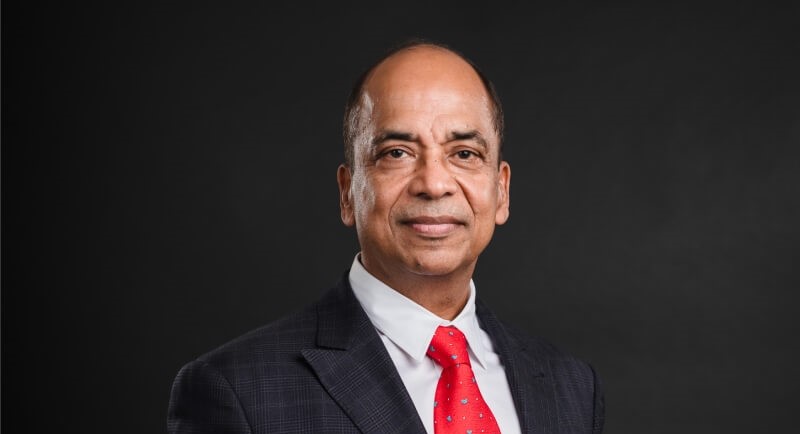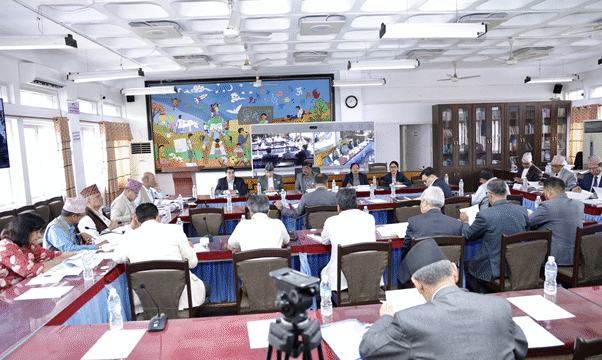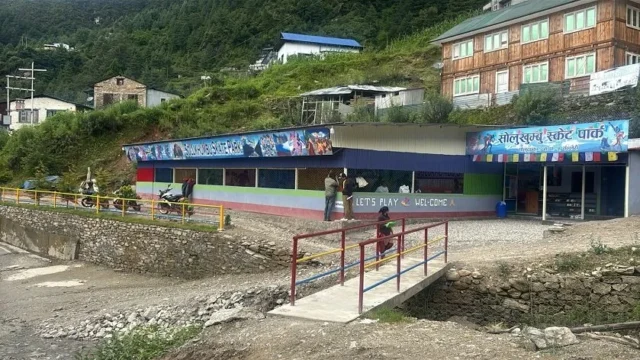Nepal is a country rich in tourism potential, endowed with breathtaking natural beauty and historic sites. The nation boasts some of the world’s finest mountains, verdant valleys, and lush forests. In addition, historical treasures such as Boudhanath Stupa, Pashupatinath Temple, and various Durbar Squares are inherited from our ancestors. These assets have the potential to significantly boost Nepal’s tourism industry.
Despite this wealth of natural and historical resources, Nepal has struggled to leverage them effectively. Compared to other countries that have successfully promoted tourism by utilizing their resources and infrastructure, Nepal has lagged. As a result, the country continues to face a shortage of quality tourists.
Utilizing our resources more effectively could position Nepal as a market leader in tourism. Our natural environment is well-suited for this purpose, but we need to have a clear strategy on how to maximize these benefits.
The Nepal Tourism Board (NTB), responsible for international tourism promotion, has been underperforming. The board has been without a chief executive officer for a prolonged period and recently appointed leadership has not been able to meet its objectives. This has led to a significant shortfall in attracting quality tourists to Nepal.
During the last fiscal year, the NTB had a budget of NPR 2 billion. However, only NPR 50-60 million was spent on market promotion, with NPR 210-250 million allocated to administrative and physical infrastructure expenses. The remaining budget went unutilized.
There have been calls for infrastructure development, but the board’s primary role should be international promotion, not infrastructure development, which falls under the purview of local and central government authorities.
Since its establishment in 1998 as a public-private partnership, the NTB was intended to have equal representation from both sectors and a CEO from the private sector. However, recent appointments have seen increased government intervention, which has altered the board’s structure and effectiveness. This year, the budget has been inadequate, with funds sourced from airport departure taxes rather than government allocations.
Additionally, the board faces challenges in procurement processes, often having to navigate public procurement laws and competitive bidding. This has led to difficulties in attracting high-profile celebrities for promotional purposes, which affects our ability to market Nepal effectively.
For instance, the Hyatt Regency Hotel in Kathmandu, which used to charge USD 120 per room in 2000, now charges USD 110, reflecting a decrease in quality and market value. This contrasts sharply with the high prices of similar accommodations in neighboring countries like Bhutan and India.
In 2019, nearly 1.2 million foreign tourists visited Nepal, while 27 million Indians traveled abroad, with Thailand and Dubai receiving 11.6 million and 6.3 million tourists respectively. Nepal received only 270,000 Indian tourists that year, highlighting the need for improved tourism promotion strategies.
To increase both the quantity and quality of tourists, Nepal must enhance its tourism promotion efforts and address existing weaknesses. Strengthening the NTB and adopting a more effective approach to tourism development are critical steps in realizing Nepal’s full potential as a premier tourist destination.






